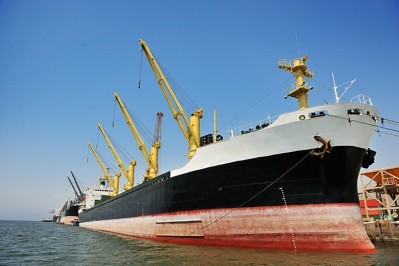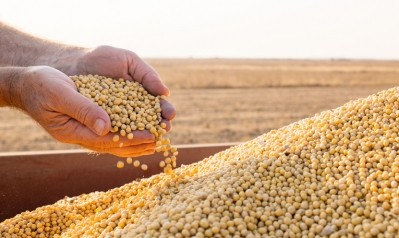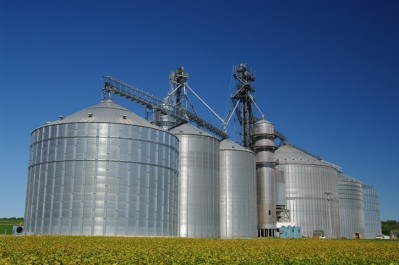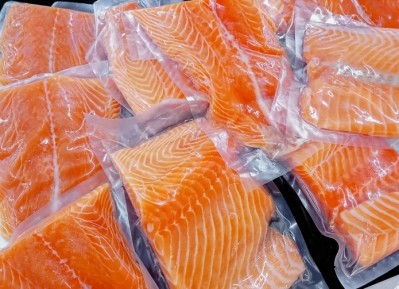Brazilian port terminal gets RTRS certification with the help of Cargill
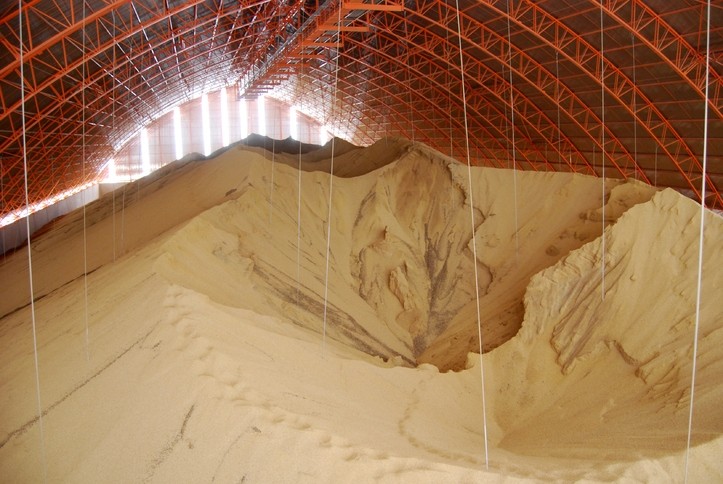
Port of Itaqui President, Ted Lago, said such RTRS certification for the depot, which Cargill uses, would help strengthen and expand the volume of certified soy production from that vicinity.
The port serves soy production in the Matopiba region, which includes portions of Maranhão, Tocantins, Piauí, and Bahia states. Some 95% of the total volume sourced in that region by Cargill is exported through that port, which is said to equate to over 900,000 tons of soybeans.
Asia is the main destination for soybeans shipped from the port in question, making it the third largest in Brazil in terms of soybean export volumes.
Compared to the ports of the South and Southeast of Brazil, the Port of Itaqui’s geographical location is deemed to provide competitive advantages, as access time to major foreign markets such as Asia, Europe and North America is reduced by up to five days.
Cargill says it now has RTRS Chain of Custody certification in 47 locations including four processing facilities in Bahia, Goiás, Mato Grosso del Sur and Minas Gerais; a transshipment facility in Caipoania in Goiás; three port terminals - Miritituba and Santarém in Pará and now the site in Itaquí, along with 39 storage facilities in Brazil.
“RTRS certification of our plants and warehouses in the region, together with Port of Itaqui terminal, will allow a significant part of the sustainable soy produced in Brazil to be shipped into the market,” said Renata Nogueira, sustainability manager, Cargill, South America.
She added that Cargill’s initiative is part of the company’s efforts to achieve a deforestation-free supply chain.
Matopiba spans the northern part of the ecologically important Cerrado biome and small pockets of neighboring Amazonia. It is also one of the world’s most rapidly expanding soy frontiers, resulting in natural vegetation and biodiversity loss, according to a report by Trase, an organization that maps supply chains.
Of the 337 municipalities that comprise Matopiba, more than half produced soy between 2010 and 2015. Around two-thirds of this soy went to international markets, with the proportion being used domestically decreasing over the six-year period, according to Trase's publication.
The majority of the region’s exports came from just eight municipalities. In western Bahia, six municipalities generated over 45% of the Matopiba region’s total exports, with a further 13% coming from the two largest producing municipalities in southern Maranhão, found that report.
Expansion of RTRS certification
An increasing number of sites globally have been certified against the RTRS Chain of Custody Standard.
Between November 2019 and July 2020, 33 new sites in Argentina, Brazil, India, The Netherlands, Paraguay, and Turkey were certified against the standard, including 11 ports, reported the RTRS association in August.
It said the sites were certified against RTRS Chain of Custody Standard under RTRS mass balance and/or segregation, including, in some cases, the RTRS non-GMO scope.
“The number of certified sites shows the strengthening of the RTRS sustainable soy supply system worldwide.
“RTRS celebrates this significant progress in terms of commitment to sustainable soy shown by processing and trading companies, that choose RTRS certification as a practical and reliable tool to fulfil their sustainability goals and therefore those of other players in the soy value chain.
“This is a milestone in the supply of RTRS physical material (mass balance) showing that achievements of scale are possible through the joint effort of all players across the soy value chain," commented the association.
Limited amount of global soy volumes certified under RTRS
But what does all that certification of infrastructure add up to?
In a report released in April this year, Solidaridad, noted that in 2019, the amount of soy that was certified under the RTRS standard was around 3.99m tons, just over 1% of all soy.
“A total of 3.95m tons of certified RTRS was bought in 2019, the vast majority through credits, independent from the actual physical flow. In the 10 years of RTRS (2010 to 2019) the global soy production increased from 265m tons to as much as 337m tons, with only a very small part certified.”
What the standard has achieved, acknowledged that organization, is the creation of a frontrunner group of soybean producers in Brazil, Paraguay, Argentina and in Canada that can and do act as an example for other soybean producers.
“Through credit sales these frontrunner producers have been successfully connected to buying companies in the soy value chain. Some companies like Mars, LIDL and ARLA now make long term agreements for certificate purchase with farmers in hotspots like Maranhao in Brazil, so as to work on longer term connections that can also be used in storytelling. So far, it is mainly (NW) European buyers that buy RTRS certified soy. So far RTRS has not really managed to involve buyers in South and East Europe, and even less in involving Chinese and other markets.”
